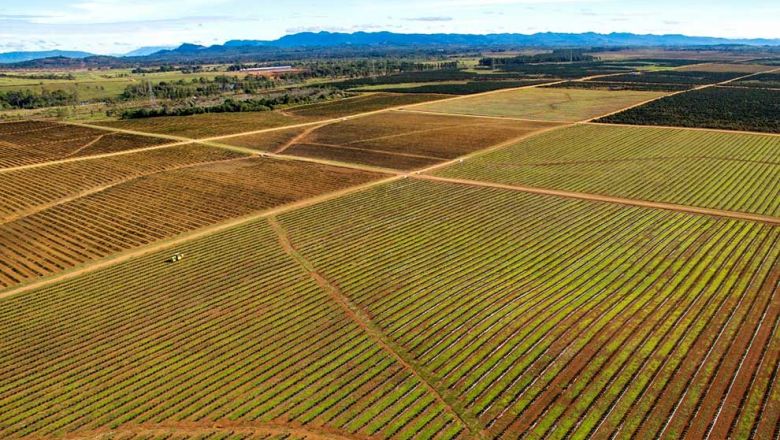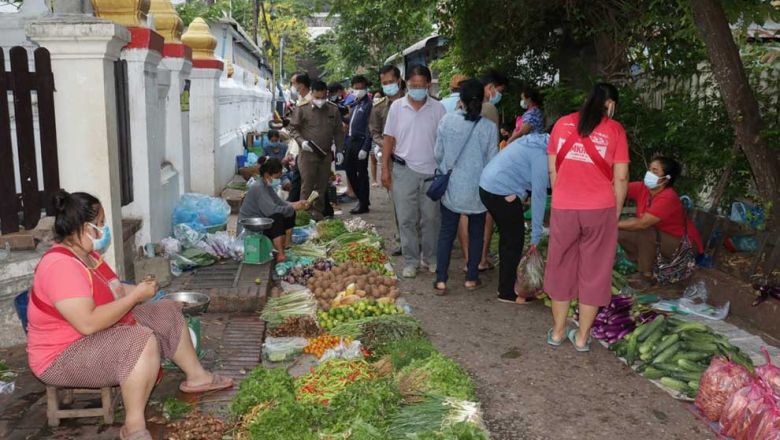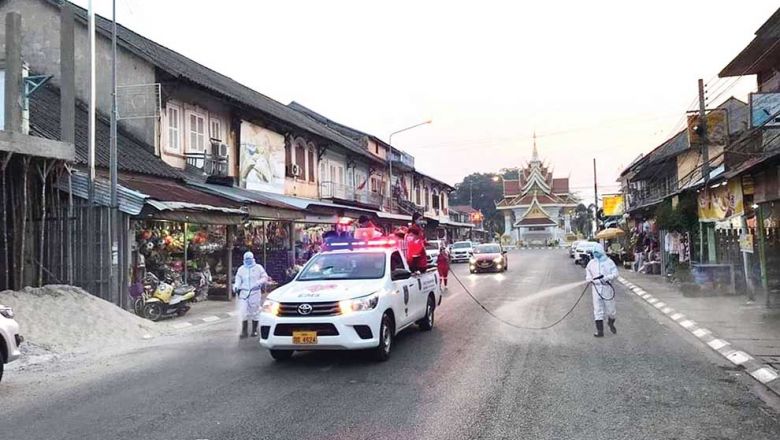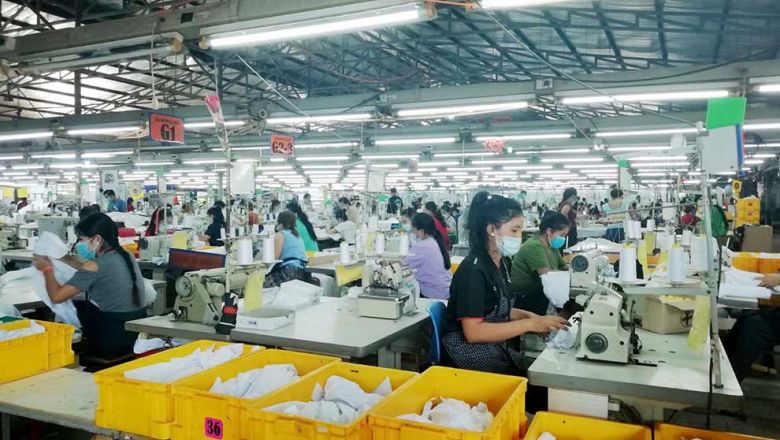Borikhamxay eyes 1.3 billion kip in investment this year
Borikhamxay eyes 1.3 billion kip in investment this year
Borikhamxay anticipates that the energy sector will be key to bolstering the value of investment in the province this year, which is estimated to be worth as much as 900 billion to 1.3 billion kip.
Deputy Director of the province’s Planning and Investment Department, Mr Sonthong Vibounkuang told Vientiane Times yesterday that the province’s water resources are attracting private investors from both Laos and internationally.
“The provincial authorities have signed concession agreements for three hydropower projects with private investors and two more agreements will be signed later this year,” he said.
A report relating to the first three months of this year indicates that the authorities have approved 28 investment projects worth more than 484 billion kip, with the figure expected to more than double by year’s end.
“With the advantages of our natural water resources, I’m optimistic that Borikhamxay will be able to achieve its goal of higher investment in this sector,” Mr Sonthong said.
The energy sector is not only a major contributor to the province’s economic development but is also an essential contributor to Laos’ overall GDP.
Another key booster to Borikhamxay’s increased investment value comes from the service sector, mainly from trade in services, hotels and tourism.
There are currently 284 state-owned projects worth more than 114.6 billion kip either underway or completed in Borikhamxay. Of these, 77 projects were approved by the government, worth 81.11 billion kip, while the provincial authority approved 207 projects valued at 33.5 billion kip.
In the energy sector, Laos is aiming for a total installed capacity of about 12,000MW by 2025. The abundant resources of the Mekong River and its tributaries give Laos the potential to produce more than 25,000MW of electricity.
Currently at least 90 percent of the population has access to electricity. This is a striking contrast to the year 1975 when only 19,000 families or 3 percent of the population had access to the power grid.


















